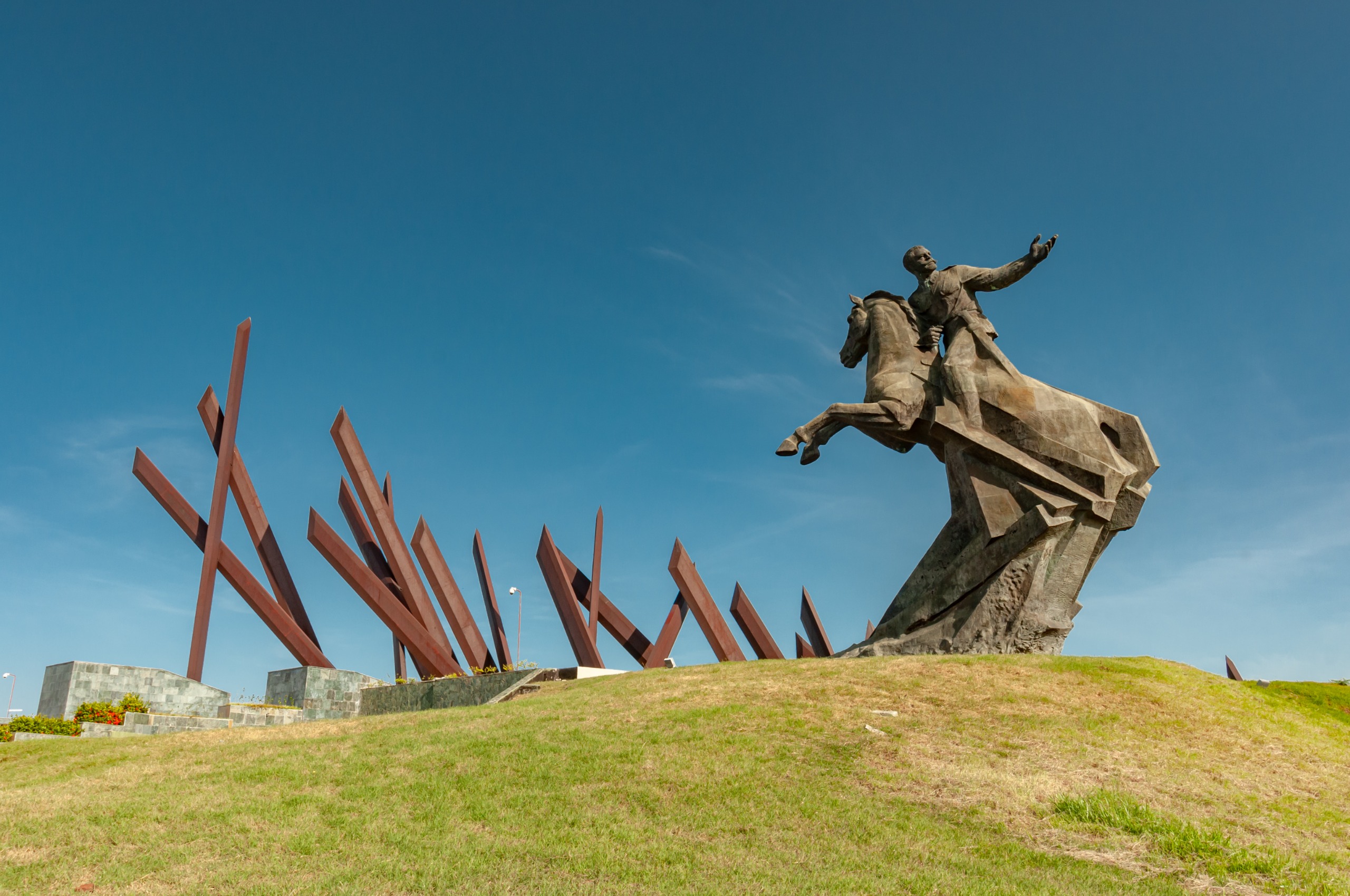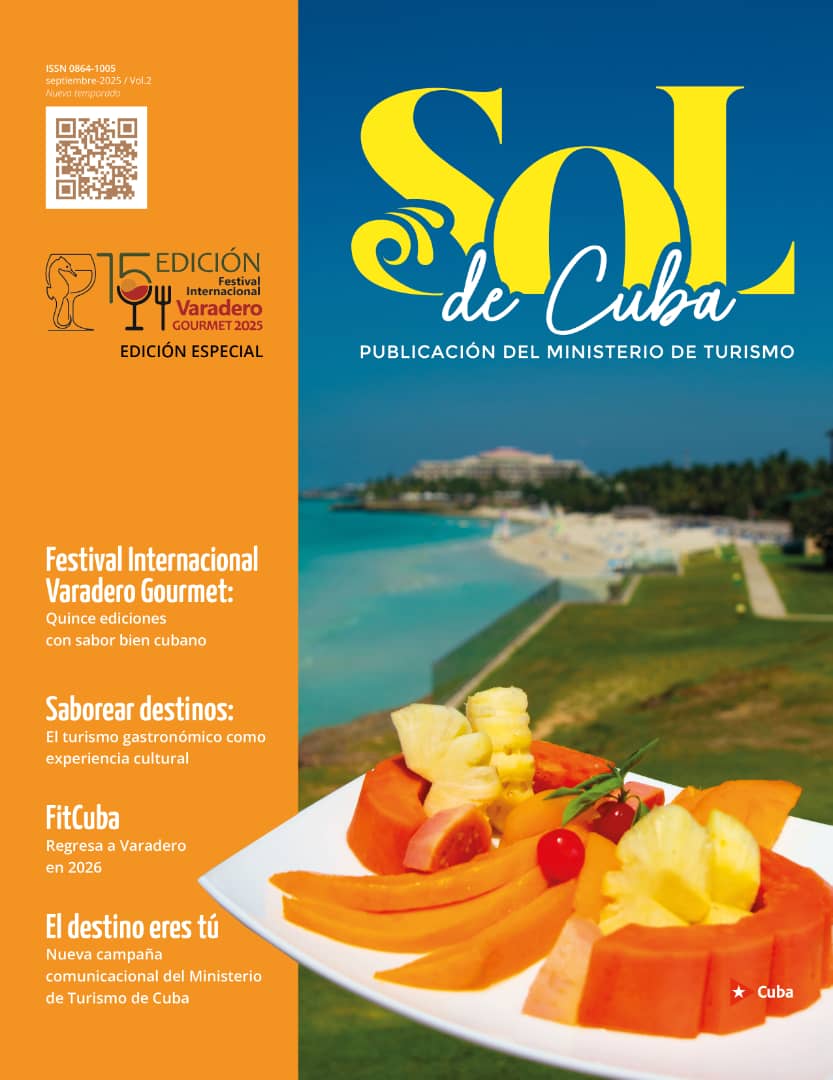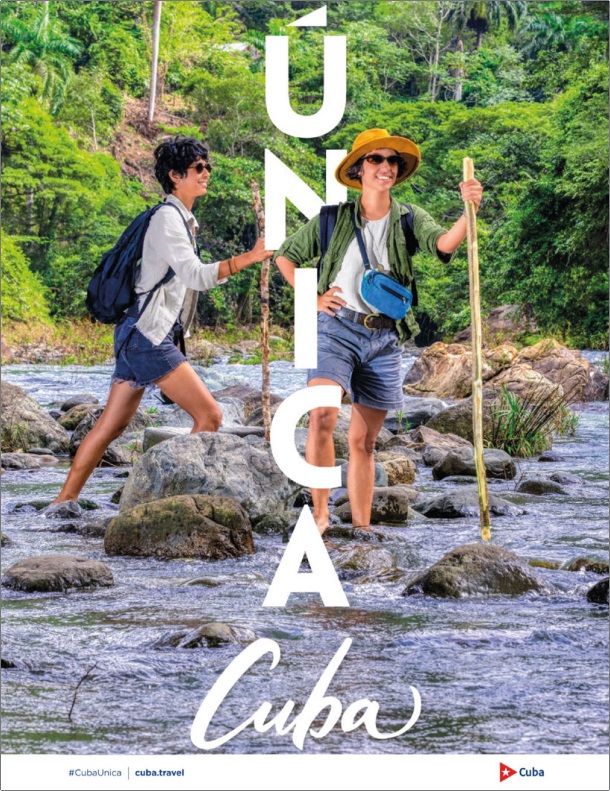Santiago de Cuba’s history lives on in its sites
510 years after its founding, Santiago de Cuba offers must-see spots on any travel itinerary
Posted by Daily Pérez Guillén, 24/07/2025
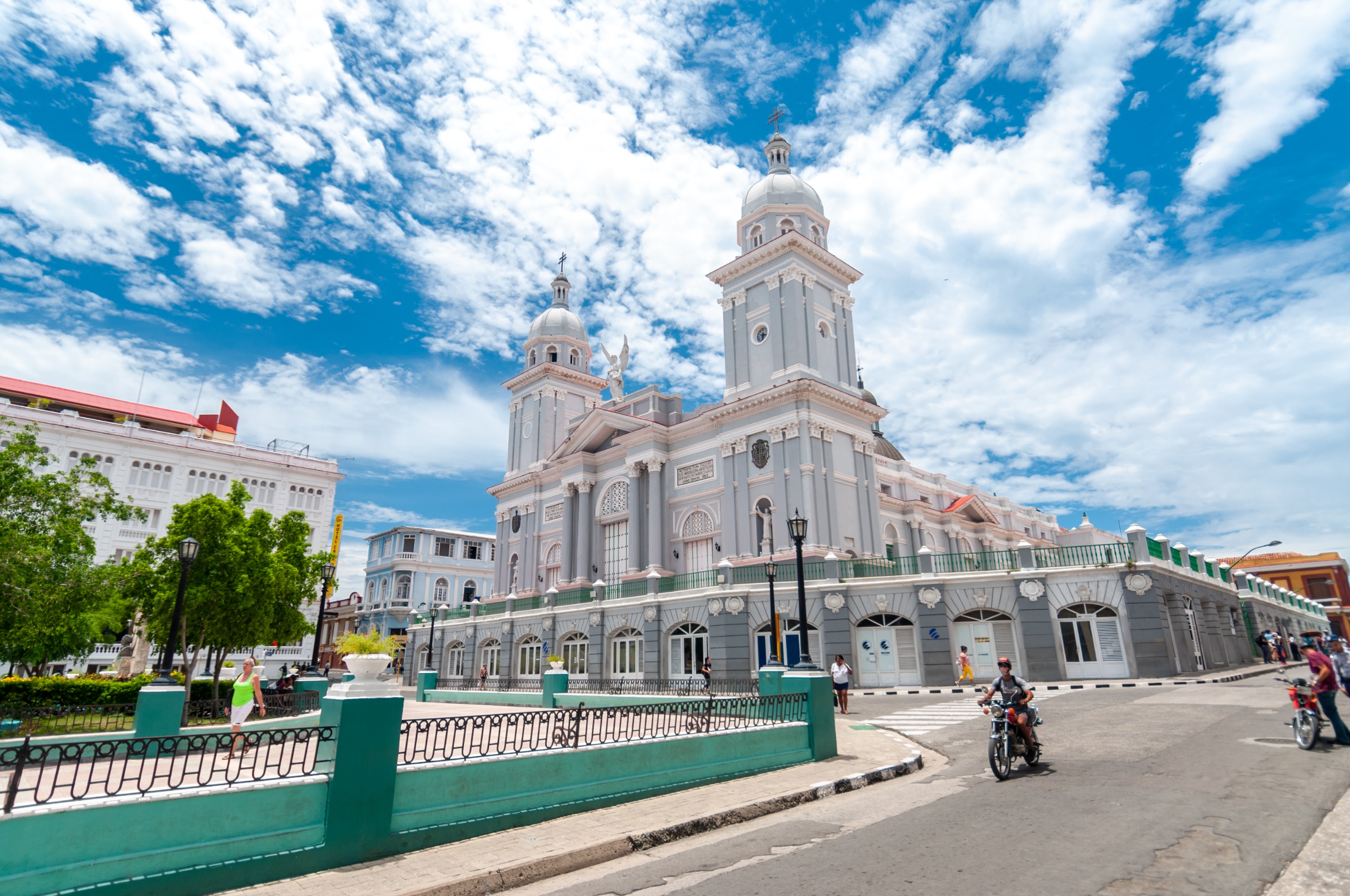
Anyone who wants to experience a city in the Caribbean where the imprint of its history shines through should include Santiago de Cuba in their itinerary. 510 years after its founding, the most important city in the eastern part of the country preserves the amalgam of cultures that shaped its identity.
City Conservator, Omar López, has defined it as, “The city of six landscapes,” and here he finds “today’s most complete expression of the enjoyment and appropriation of heritage.”
He outlines a roadmap to explore Santiago: the historic city, the Santa Ifigenia heritage cemetery, the El Cobre associative landscape, the coffee-growing archaeological landscape, the Morro Castle site, and the shipwrecks associated with the naval battle of the Spanish-American War.
Santiago may be much more than this and extend beyond the urban limits, but these serve as the points for initial contact with the past and present through heritage.
Founded in 1515 by Diego Velázquez, just seven years later Santiago was recognized as a city. Given the influx of travelers, migrants, slaves, and its native population, it inherited the syncretism that is still expressed today in the tone, cadence, and even the attitudes of its inhabitants.
Its tangible heritage reveals its history. At one corner of Céspedes Park stands the former residence of Adelantado Diego Velázquez and the crown gold foundry, or Museum of Cuban Historical Ambience; and from there, the view of the Cathedral Basilica of Our Lady of the Assumption invites you to enter and explore.
El Morro, the best-preserved fortress of 17th-century military architecture
Like a guardian overlooking the Caribbean Sea, the San Pedro de la Roca Morro Castle has guarded the entrance to the city for more than four centuries. UNESCO declared it a World Heritage Site in 1998.
Designed by the Italian military engineer Juan Bautista Antonelli, it was built around 1638, during the government of Don Pedro de la Roca y Borjas. This castle stands out for its high artistic value and location, as well as its authenticity and originality.
Superimposed terraces are connected by ramps and stairs, adapting to the steep terrain 70 meters above sea level. Experts claim it is the most complete and best-preserved fortress of 17th-century military architecture.
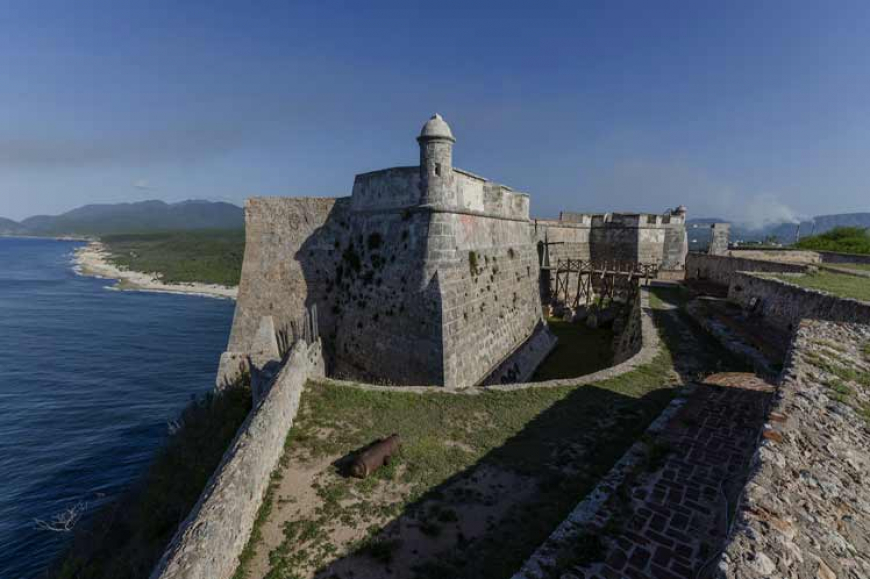
Symbols of the nation and its more recent history
Twentieth century history can also be seen in the symbols of this eastern city. This is the case of the Moncada Barracks, now a school campus. The military construction was the main scenario of the armed action of July 26, 1953, when a group of young people led by Fidel Castro Ruz upheld José Martí’s ideals to change the country’s destiny.
“Over the years, the sites related to those events: the Granjita Siboney, the former Moncada Barracks, the Saturnino Lora Provincial Hospital, the Palace of Justice, the former prison and the Santa Ifigenia Cemetery, became a significant part of Cuban heritage. Accordingly, efforts have been made to enhance their value, transforming them into symbols of the nation where visitors can delve into Cuba’s more recent history. Touring them is a unique experience, allowing you to learn firsthand, relive, and delve deeper into the details of an event that marked a turning point in the country’s destiny,” suggests the city conservator.
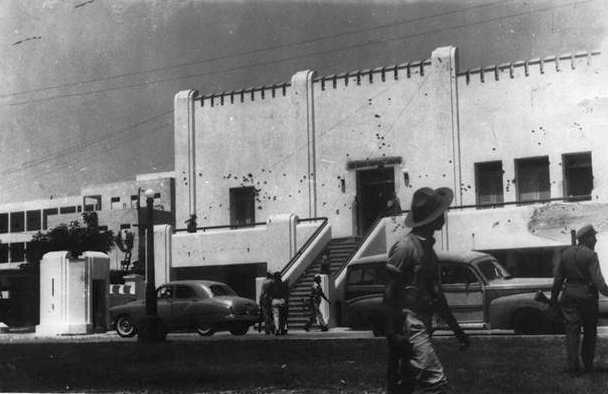

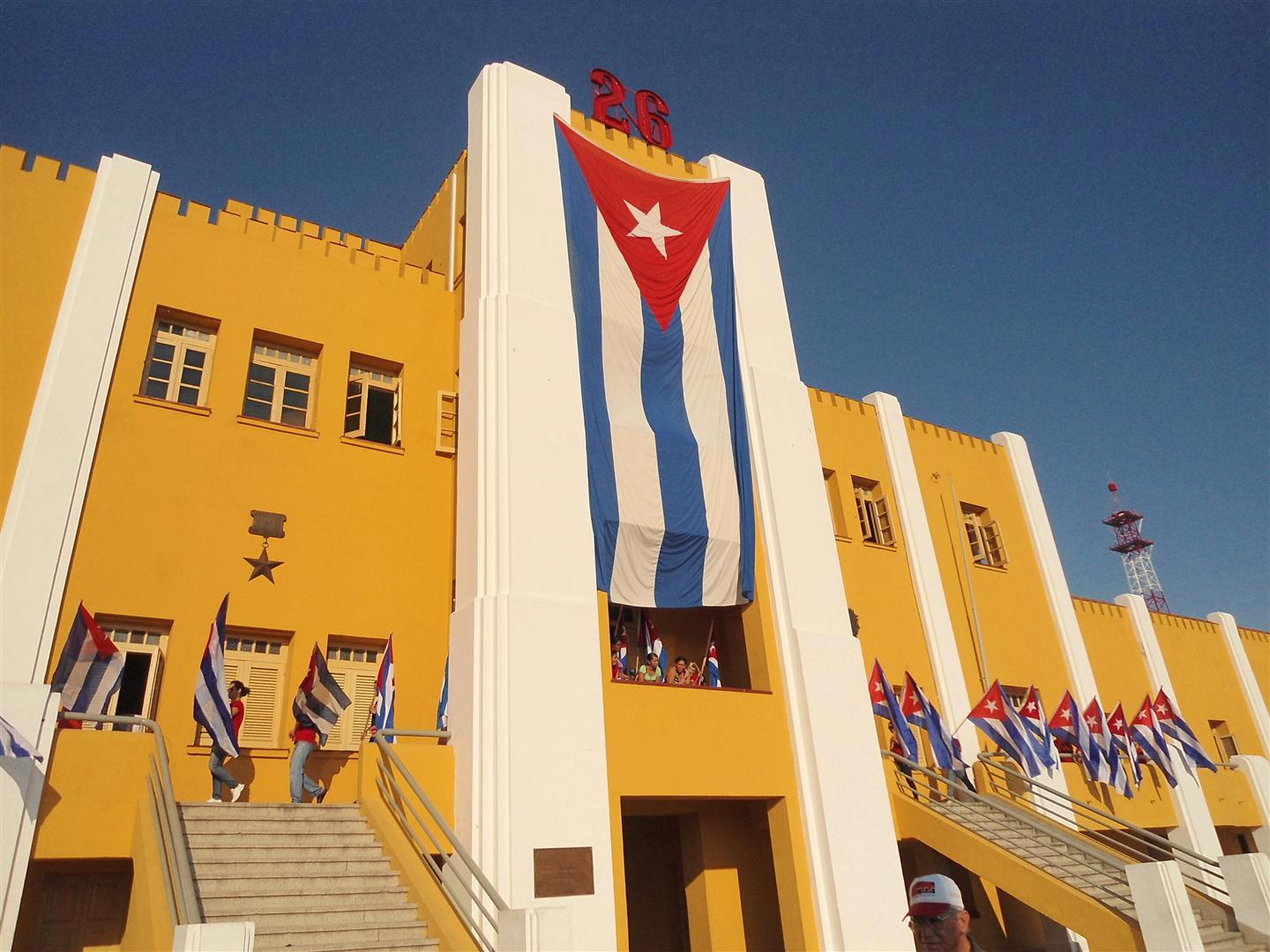
The home of the Our Lady of Charity of El Cobre, patron saint of Cuba
Recent news has announced the start of an innovative ecotourism and hiking project in El Cobre, a small town on the outskirts of Santiago de Cuba where the Shrine of the Our Lady of Charity of El Cobre, Cuba’s patron saint, is located.
Collaboration between the Italo-Latin American International Organization (IILA) and the Office of the Curator of Santiago de Cuba (OCC) has made this project possible, which seeks to expand the region’s tourism offers and revitalize the cultural identity of its inhabitants.
The already designed excursions will introduce tourists to both the natural landscape and the industrial and historical past of this area, which is combined with the many other attractions of the city.
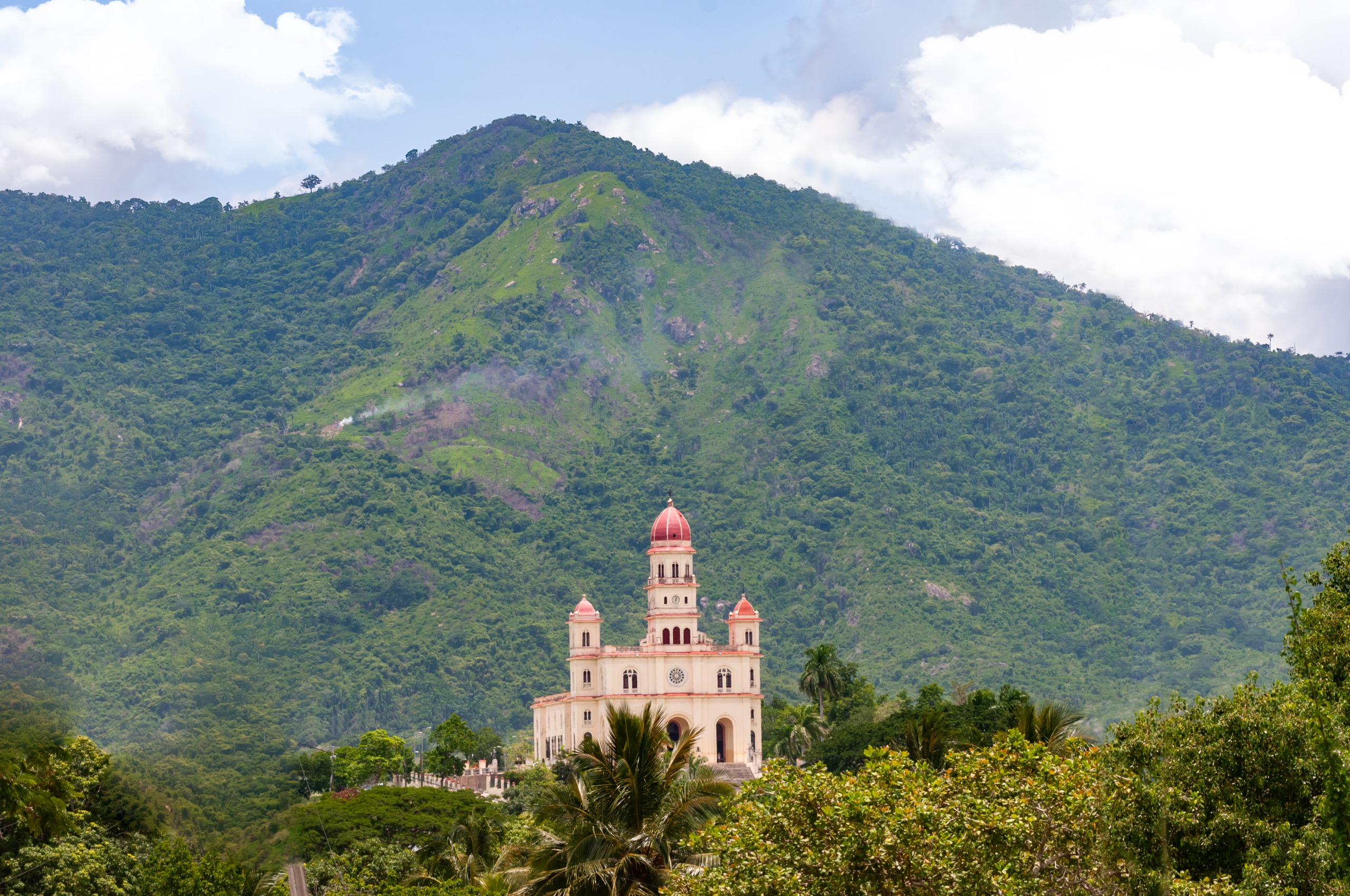
Santiago de Cuba is a legendary city
As the birthplace of heroes and the scene of legendary victories, the city has earned the title of Hero City. Its cemetery, considered the “altar of the homeland” and the resting place of José Martí, Fidel Castro, Mariana Grajales, and many other patriots, is another must-see on any tour of this region of the country.
On the way to the Sierra Maestra, in the area identified as the Underwater Archaeological Park due to its connection to the Naval Battle of Santiago de Cuba, the waves of the sea reveal the Spanish wrecks sunk on July 3, 1898, by American ships, one of the most important events of the Spanish-American War.
And Santiago is much more… to see it, just visit the Bacardi Museum, the Museum of Piracy, and the Museum of Colonial Art. Walk along Enramada and Padre Pico streets, the Bahía-Carretera Turística promenade, or leave the city behind to climb Gran Piedra, Pico Real del Turquino, or explore Baconao National Park.
Whoever makes it a must-see on their travel itinerary will want to return, because Santiago’s 510 years boast a wealth of history.
